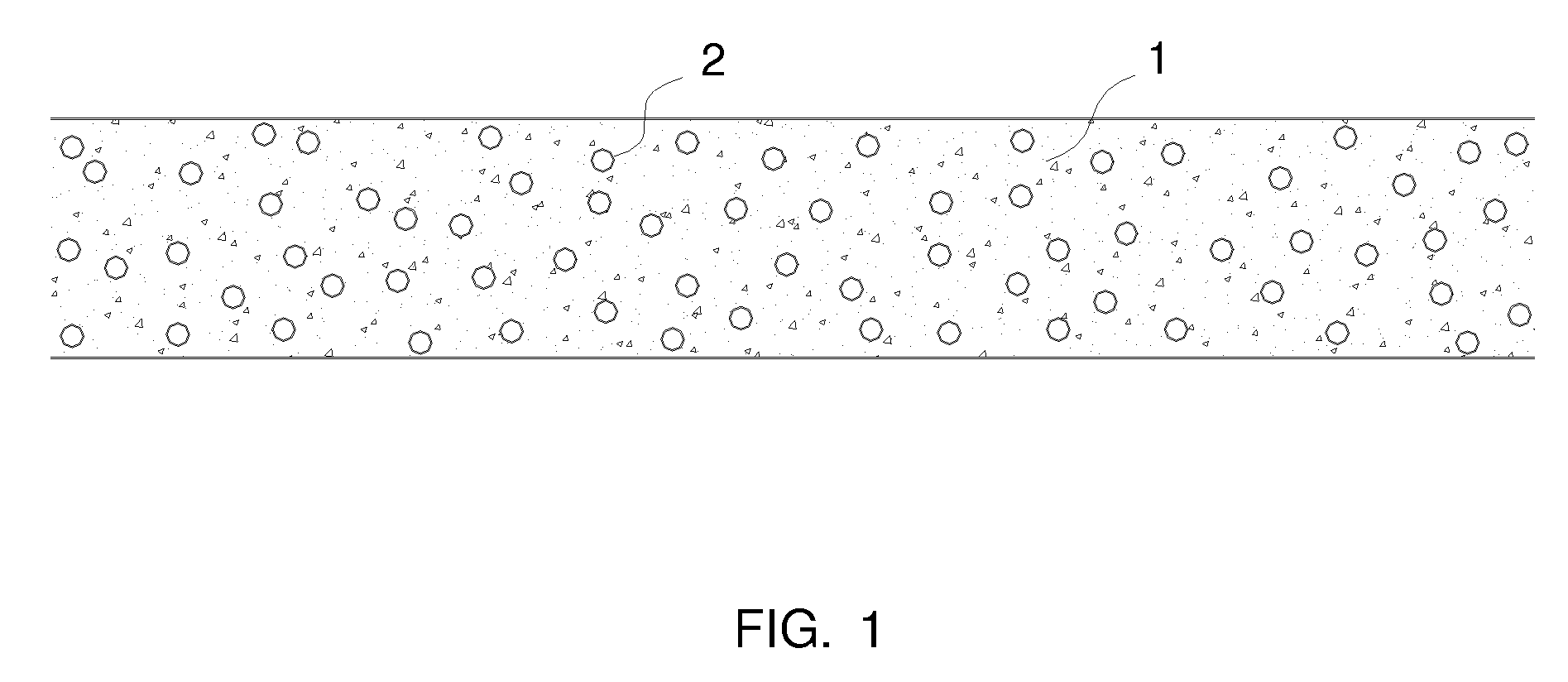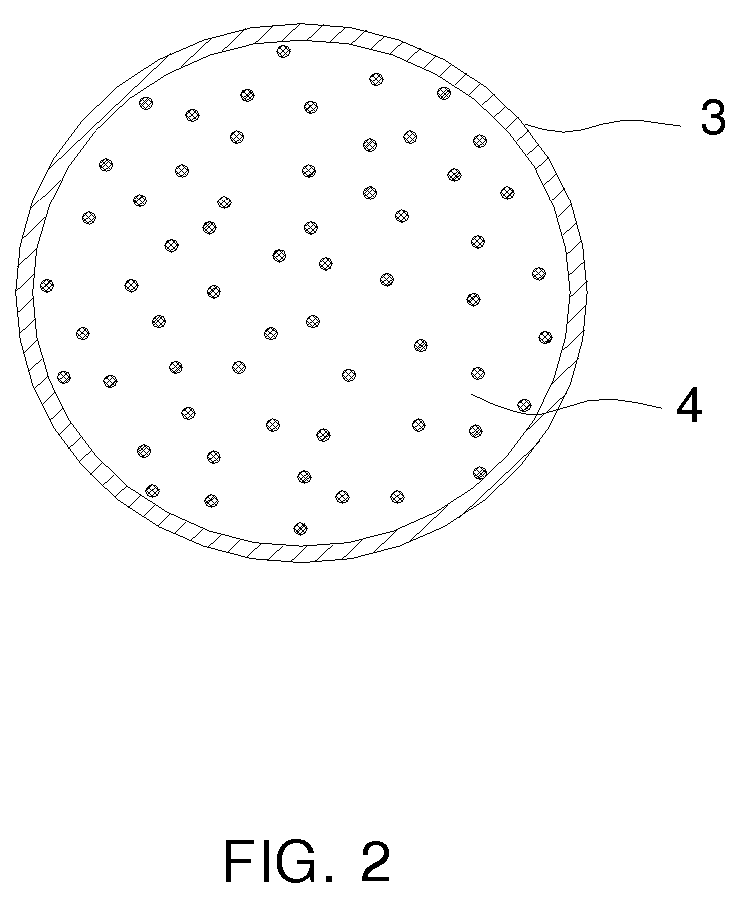Method to Regulate temperature and Reduce Heat Island Effect
a technology of heat island and temperature regulation, applied in the field of temperature regulation and heat island effect reduction, can solve the problems of increasing energy demand, air pollution, heat-trapping greenhouse gas emissions of power plants, affecting communities, etc., and achieves the effects of reducing surface and air temperature, increasing heat storage capacity of structures, and storing more heat energy
- Summary
- Abstract
- Description
- Claims
- Application Information
AI Technical Summary
Benefits of technology
Problems solved by technology
Method used
Image
Examples
Embodiment Construction
[0054] Surface materials respond differently when exposed to the same amounts of sun radiation. Some heat rapidly whereas others heat slowly. This property is called specific heat or heat capacity of the materials. Water has the highest heat capacity among almost all the materials and matters we know. For example, heat capacity of water at 20° C. is 1.16 kwh / (m3K), concrete at 20° C. has a heat capacity of 0.54 kwh / (m3K). And, asphalt used for pavements or roofs has nearly the same figure of heat capacity as concrete. A lower heat capacity leads to lower heat storage. Under the same sun radiation, the temperature on surface with a lower heat capacity will increase more than the surface with a higher capacity. It is understandable that high capacity of heat storage can lower surface temperature. It is expected that the surface materials encapsulating and containing water will have lower temperature than the structure of concrete or asphalt only.
[0055] The materials used to control o...
PUM
| Property | Measurement | Unit |
|---|---|---|
| melting points | aaaaa | aaaaa |
| melting points | aaaaa | aaaaa |
| air temperatures | aaaaa | aaaaa |
Abstract
Description
Claims
Application Information
 Login to View More
Login to View More - R&D
- Intellectual Property
- Life Sciences
- Materials
- Tech Scout
- Unparalleled Data Quality
- Higher Quality Content
- 60% Fewer Hallucinations
Browse by: Latest US Patents, China's latest patents, Technical Efficacy Thesaurus, Application Domain, Technology Topic, Popular Technical Reports.
© 2025 PatSnap. All rights reserved.Legal|Privacy policy|Modern Slavery Act Transparency Statement|Sitemap|About US| Contact US: help@patsnap.com



